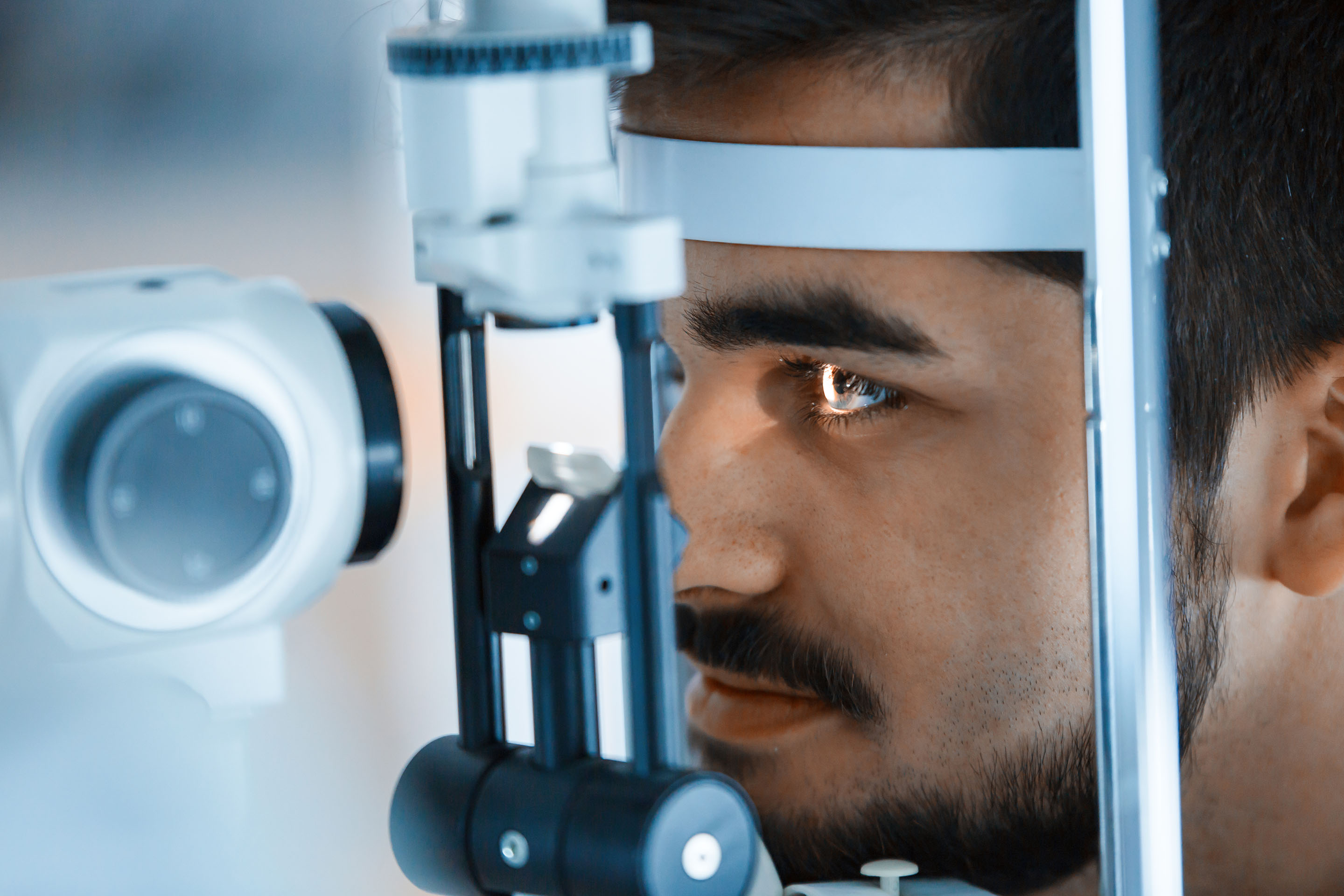What is the cornea?
Cornea of the eye is a protective layer. It is a clear tissue that is transparent and allows light to pass through it. From the cornea, light enters pupils and lens. Cornea protects the eye from dust, germs and other harmful substances. It does this with the help of eyelids, sclera, tears, and eye sockets. Cornea also functions as an outermost lens where it focuses light. It also filters out harmful UV rays.
If light is not clearly focused on to the cornea, one cannot see properly. Though minor scratches and injuries are naturally resolved, cornea cannot focus light properly in case of abnormalities and complications.
Diabetes and Eyes – Diseases of the Cornea
Conditions like diabetes induce certain complications of cornea that can cause corneal edema, corneal nerve alterations and others. High blood sugar levels and uncontrolled diabetes over a period of time cause cellular level changes in blood vessels and nerves. This in turns leads to loss of vision gradually.
Corneal Edema
What is Corneal Edema?
Edema is an unusual accumulation of fluids in the body. When fluid accumulates in the cornea, it is called corneal edema. Corneas bend and focus light using its five membranes. To do this properly, all five membranes of cornea should be clear. In order to stay clear, the innermost layer of the cornea pumps out fluid. However, in diabetes, cornea does not have the capacity to pump out fluids. This leads to fluid retention and corneal edema. In diabetes, cornea becomes more vulnerable to injury, trauma and stress. This is a leading factor for corneal edema in people with diabetes.
Symptoms of Corneal Edema
- Blurred vision
- Distorted vision
- Discomfort in the eye
- Sensitivity to light
- Seeing halos around light
- Pain
- Formation of blisters on the eye surface
Diabetic Keratopathy
Diabetic keratopathy is one of the major diabetic eye problems that arises due to poor diabetes control and chronic high blood sugar levels. It is a diabetes complication that occurs in both type 1 and type 2 diabetes.
In people with diabetes, the outer and inner layers of cornea gets affected. When damage occurs to outer layer of the cornea, it leads to diabetic keratopathy. Outer layer of the cornea gets damaged due to reduced tear production. This is a leading cause for diabetic keratopathy. In non-diabetic people, rubbing or wearing off of outer layer of the cornea is normally healed quickly. This ensures that the cornea remains transparent and clear. In people with diabetes, healing process is slow and might not respond to conventional treatments.
When damage to outer layer is not healed, it causes infections, corneal ulcers, and abnormal resurfacing. This condition is called diabetic keratopathy.
Chances of diabetic keratopathy increase with:
- Age of diabetes
- Recurrent wounds to cornea
- Increased corneal thickness due to high HbA1c
- People with diabetes who undergo vitrectomy surgeries
- People who have corneal outer layer damage due to diabetes
Prevention of Diabetic Keratopathy
Since diabetic keratopathy is a serious diabetic eye problem that can lead to vision loss and blindness, taking preventive measures is very important. It is important to:
- Recognize symptoms of dry eye including burning sensation, frequent eye rubbing and feeling of heaviness in the eyes.
- Maintaining target HbA1c levels and fasting blood glucose levels.
- Usage of artificial tears (under supervision of doctor) in case of reduced tear production.
- Frequent dilated eye examinations along with other diagnostic tests.
- Usage of protective eyeglasses.
- Avoid rubbing eyes.











